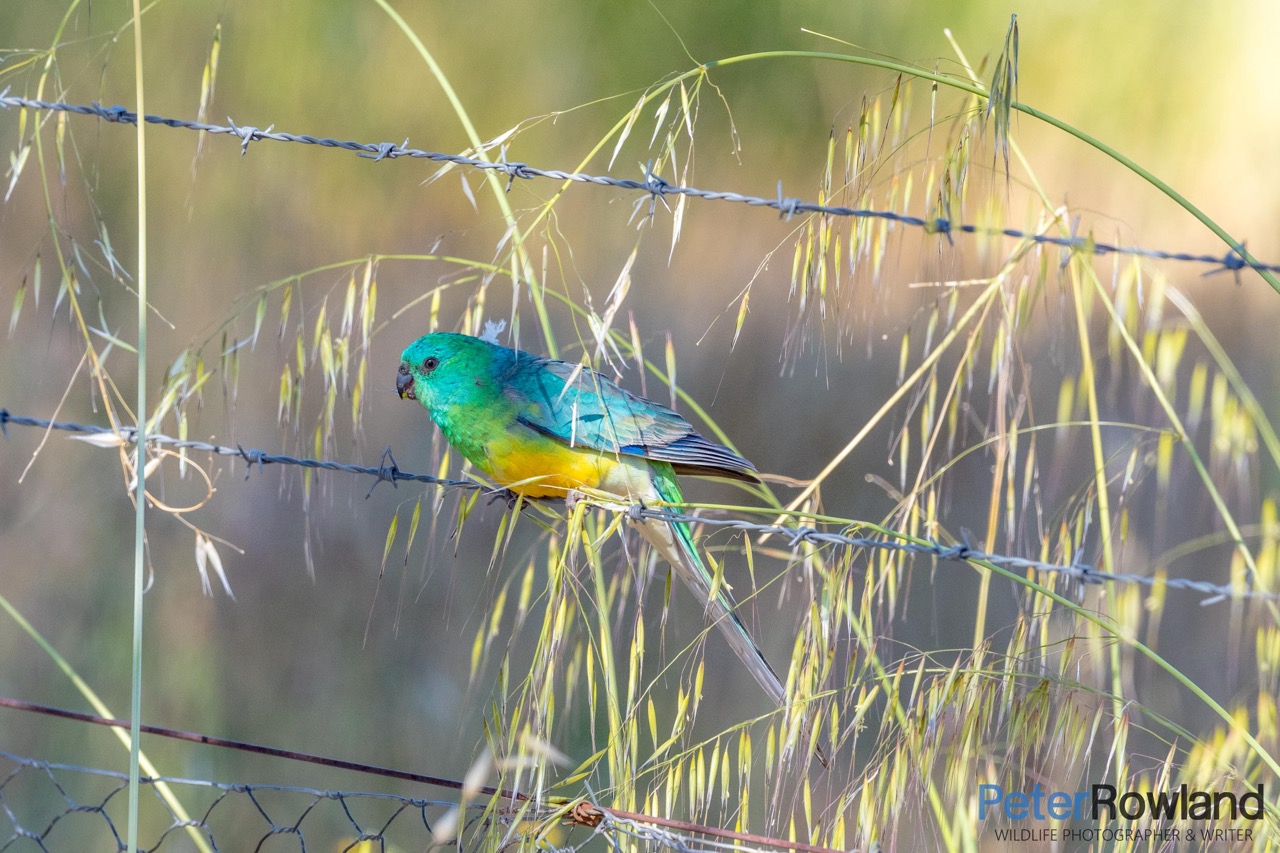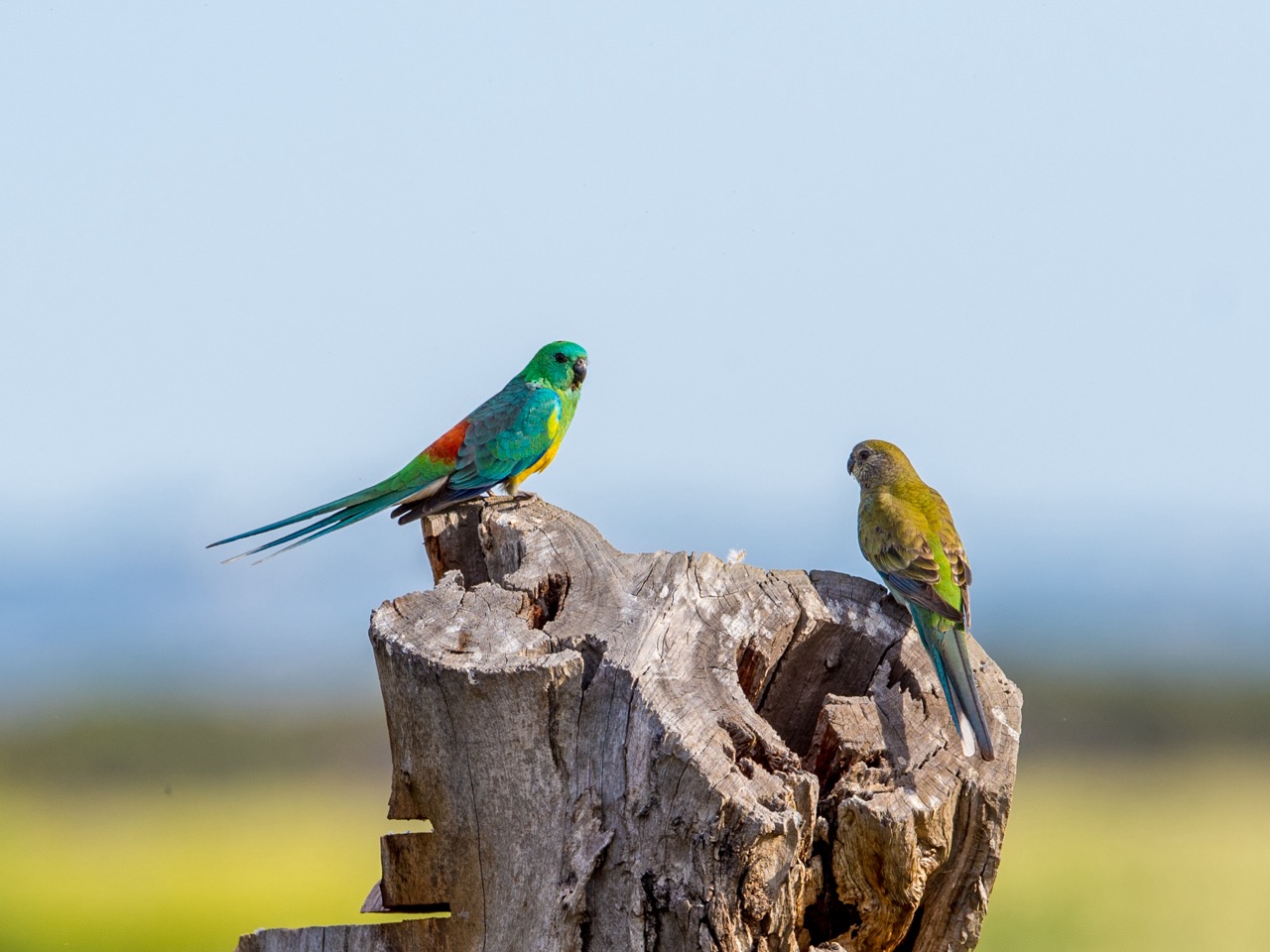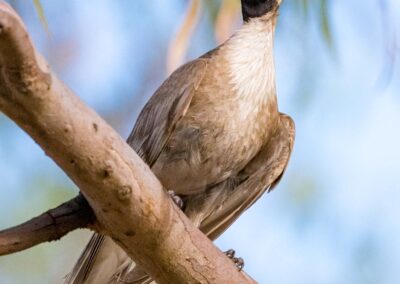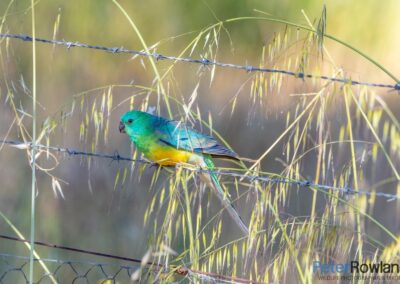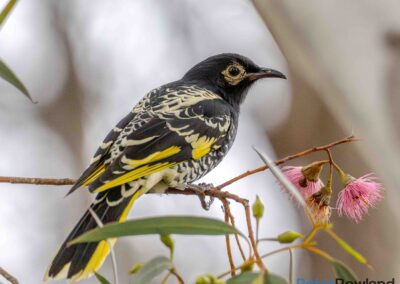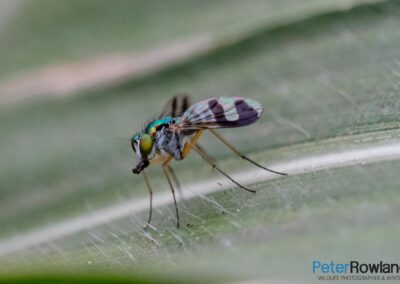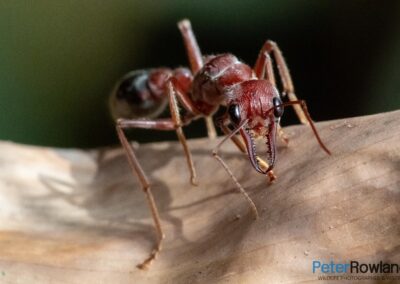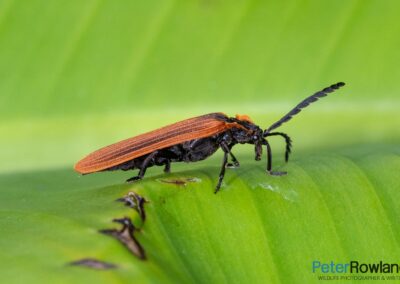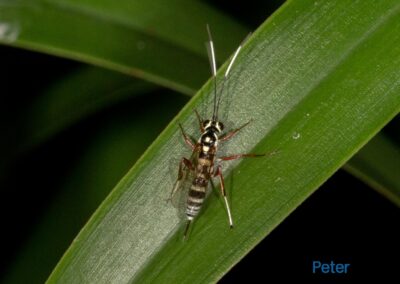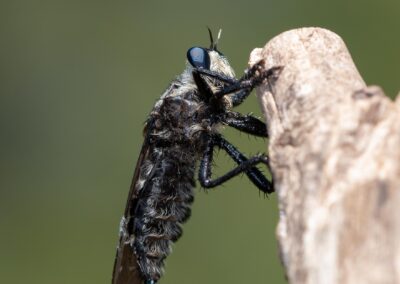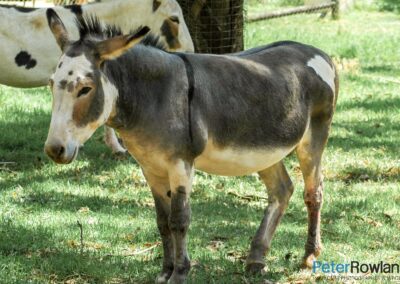Scientific Name: Psephotus haematonotus
Size: 25 to 28 cm
What does it look and sound like?
Appearance and Key Features
The Red-rumped Parrot is a moderate-sized parrot, measuring approximately 28 cm in length
Their call is a distinctive “chee chillip chee chillip”
Juveniles
The plumage of a juvenile male resembles that of an adult female, except he will have the signature red rump and a light blue-green face
The Red-rumped Parrot is similar in appearance to the Mulga Parrot, but can be distinguished by a few key features
Where is it found?
The Red-rumped Parrot is endemic to south-eastern Australia, particularly in the Murray-Darling Basin
Conservation Status
Currently, the Red-rumped Parrot is listed as a species of Least Concern and is not considered threatened
What are its habitats & habits?
Habitat
This species is commonly found in open, grassy habitats
Behaviour, Diet, and Breeding
Red-rumped Parrots can be found in pairs or in flocks, which can sometimes number over 100 birds
These parrots are monogamous and pair for life
This species features in my book Australia’s Birdwatching Megaspots

